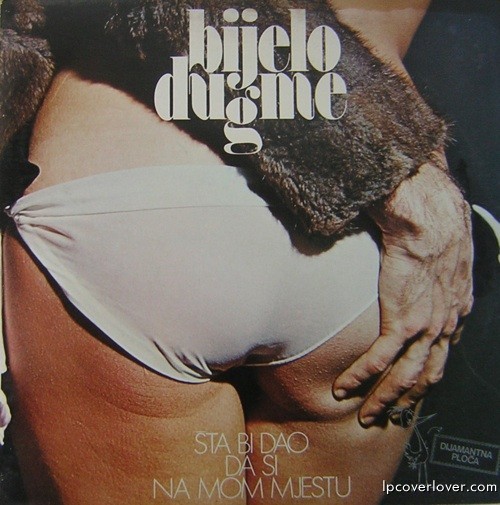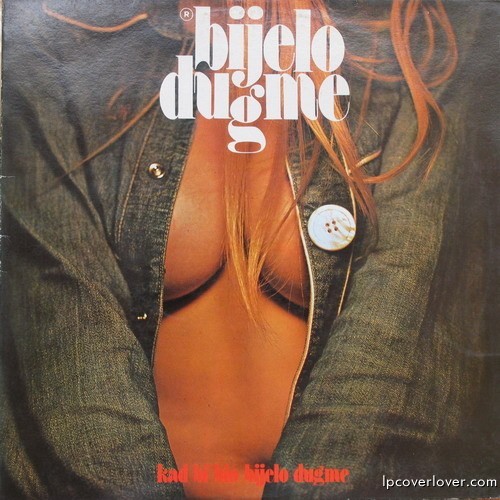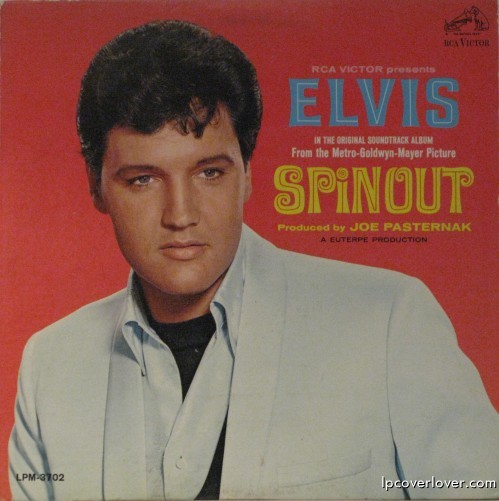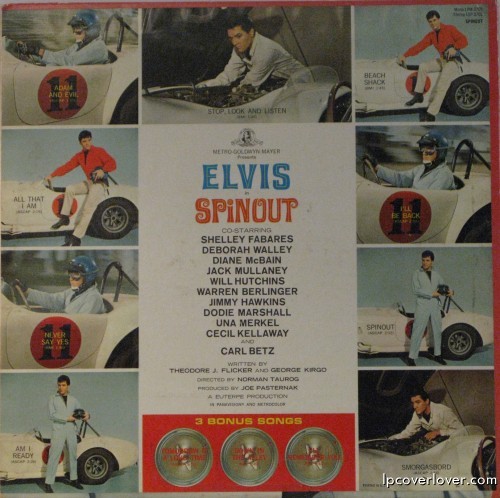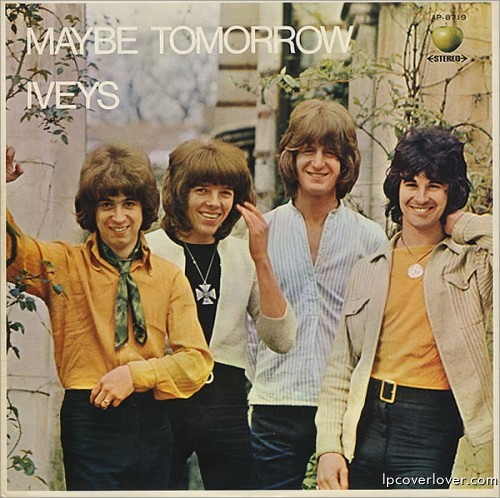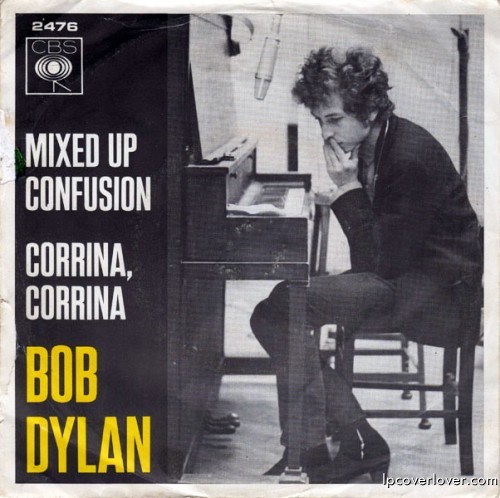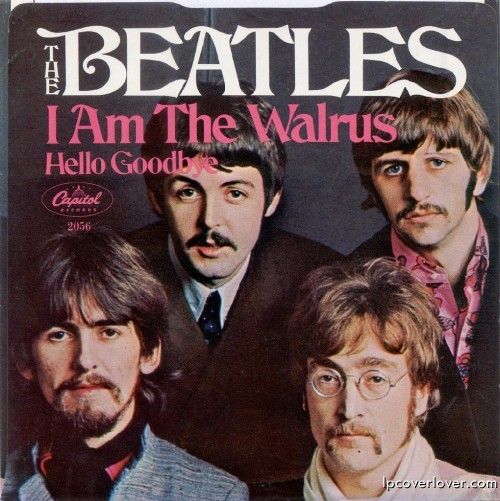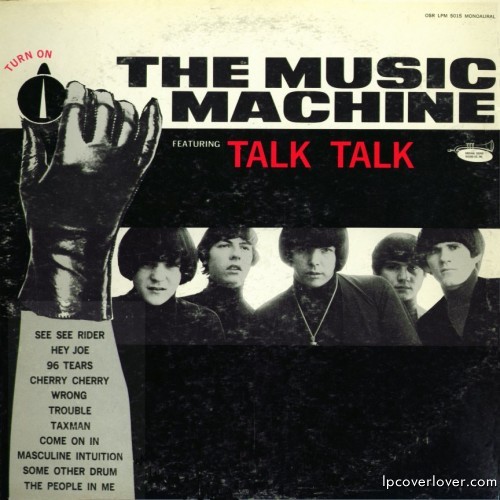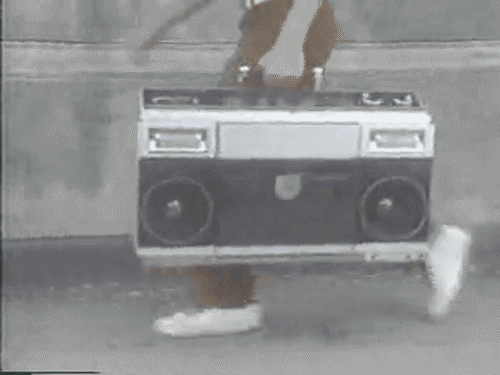Let it be
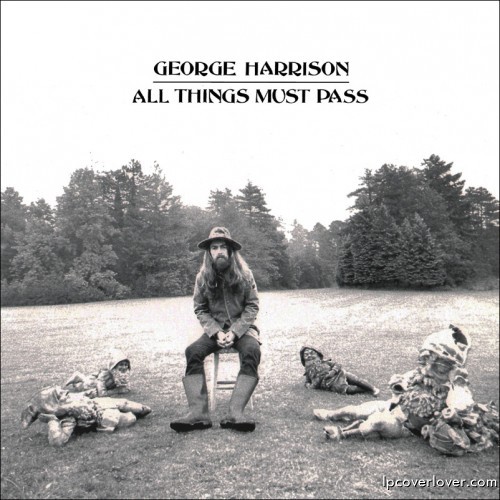
George Harrison “All Things Must Pass” Apple Records (1970) (I got my copy that year.) A triple album with the #1 hit “My Sweet Lord,” “Isn’t It A Pity,” and many other beautiful songs. Album design and photography: Tom Wilkes.
Wilkes was partner in a Long Beach advertising firm when he became art director for the 1967 Monterey International Pop Music Festival for which he created all of the graphics and print materials, including the festival’s psychedelic poster that was printed on foil stock. Music producer Lou Adler, who produced the landmark music festival with singer John Phillips, said Wilkes “caught the spirit of the time” with his festival graphics. The Monterey pop festival “catapulted” Wilkes’ career into the music industry, his daughter said, beginning as art director at A&M Records.
During his heyday, Wilkes designed or provided the art direction or graphic design for scores of album covers, including designing the covers for the Rolling Stones’ “Beggars Banquet,” Neil Young’s “Harvest,” Eric Clapton’s “Eric Clapton,” Joe Cocker’s “Mad Dogs & Englishmen” and George Harrison’s “Concert for Bangladesh” and “All things Must Pass.”
As he did with many of the albums, Wilkes also shot the cover photo of Joplin for her 1971 “Pearl” album, which shows the flamboyant singer lounging on a settee. (Their photo session was the night she overdosed.)
In 1973, Wilkes won a Grammy Award for best recording package for the Who’s rock opera “Tommy,” as performed by the London Symphony Orchestra and Chamber Choir.
Wilkes passed away in 2009. He was 69 years old.



 (67 votes, average: 3.90 out of 5)
(67 votes, average: 3.90 out of 5)
